When I first got my S2000, I mostly relied on the regular dealers to give me necessary advice on when to change my oils and what oils to use. After a particularly shocking incident, I then began to realize that I would need to do the necessary research if I wanted to ensure my engine oil choice would be optimal for my usage for peak performance at the track. These were the factors I looked out for:
1. The right viscosity
I was taken aback on how many people and experienced mechanics, despite the huge resources available online which were even sometimes provided by the oil principals themselves, seemed to makepoor choices were made in this area. To put things very simply, the engine manufacturers (Honda in my case) had already determined how thick or thin an oil would be in accordance with tolerances in the engine. Challenging that design by using oil of a viscosity significantly higher would be absolutely taking unnecessary risks in my view.
2. The amount of protection
Engine oil manufacturers usually supply a technical data sheet with many specifications informing consumer on how the oil will act at high or low temperatures and even indicators of potentially how long the protection will extend.
A simple Google search would be able to give you information on how to decipher the technical terms in layman understanding. When you overlay the information you have on the engine oil with what information is provided by the oil manufacturer, its easy to make an informed choice for the oil suiting your needs. Sub optimal engine oil choices exist but why would I want to spend money on an oil that doesn't protect as well or has protection that is half that of peers?
3. Price
This seems like a no brainer but what I did find out was that there were many brands that seemed to demand a premium for performance claims. In some cases, the premium was easily 30-40% more than a similarly well respected peer brand. Why the discrepancy? It seemed plausible that much of the premium came from the aggressive marketing of the premium brand when actually the oil was made by less well regarded brand with a slightly modified additive package then packaged and rebranded as a premium product.
In many cases, these premium products tended to be very skimpy with details (most don't provide technical data sheets which is a big hint) and rely on quoting XYZ celebrity or big money marketing campaigns to cement their repute and thus inference of quality. As a self funded enthusiast, I look clearly for an oil that has good value for money since I do end up changing oil rather regularly so such premium products hold no lustre for me no matter how sexy the advertising is.
For many years, I ran my car on the Motul 300V which has a stellar reputation in all the areas mentioned above except maybe for the price point as it did command a premium. Am I satisfied to pay that premium? Sure! Running my engine for 160,000 kms on Motul, including the punishing track mileage I put the oil through, is the clearest testament to the superb quality of the oil.
Have a look at the technical data sheet for the Motul 300V Power 5W40 here which is a oil principals provide to aid in choosing the right oil spec for each person's ride. These results were garnered from a test of a sample of virgin (unused) oil.
While it may be confusing for those who are not well versed in the technical terms, the following results stood out for me:
Viscosity at 100°C (212°F) ASTM D445 13.6 mm²/s
This points to the thickness of the oil at a specified temperate which gives one an idea of how much protection the engine may have from the oil when the engine is heated up. Having a number too low means the chance of the oil not lubricating enough and allowing friction wear is higher. Having a number too high means the oil is very "thick" and may make the engine feel sluggish.
TBN ASTM D2896 8.25 mg KOH/g
TBN stands for Total Base Number which is a way to measure how much reserve alkalinity is available provided by the additive package since through combustion and other areas, acidity is introduced to the engine. Having a higher number is good since it pretty much means you can keep using this oil (except if the oil is contaminated by say particles of sand which somehow sneaked past your air filter) even beyond your usual rule of thumb oil change intervals.
There is, however, probably no better way to figure out how well the oil performs than by doing a periodic engine oil analysis. This involves taking a sample of the used oil from an oil change and sending it to a lab where it is put through a series of tests. This will then tell us indicatively how much life the oil has and how well the oil has protected. Sending the Motul sample I had used to Blackstone Oil Laboratory, I then came back with results suggesting that even 15,000 km oil change intervals might be appropriate! This, of course, flys in the face of the conventional wisdom to change your engine oil every 5,000 km or be prepared for catastrophe.
After using Motul for so long, I came across a Belgian brand called Ardeca Lubricants. Interestingly, the very specifications that had made me perk up were similarly displayed in the Pure Sport 5W40 product. Best of all, the product was clearly much more reasonably priced.
Here is the technical data sheet of the Pure Sport 5W40 to compare some data
Let's take a look at the same numbers I highlighted for the Motul 300V Power 5W40 versus the Ardeca Lubricants Pure Sports 5W40
Viscosity at 100°C ASTM D445 13.85 mm2/s
The Ardeca oil in fact runs very slightly thicker than the Motul when the engine is hot so in my mind, there isn't much of a significant difference in this department.
Total Base Number ASTM D 2896 7.4 mg KOH/g
The additive package in the Ardeca oil may be slightly less than that of the Motul oil but let's take that into perspective and delve a bit deeper into the analysis. In the interest of ensuring peak performance for the engine oil, the general enthusiast isn't probably looking at comparing 20,000 oil change intervals between the both oils. 10,000 to 15,000 kms is probably the limit that most would consider to be reasonable and in this scenario, the difference in TBN is probably not realistically going to make much of a significance. The savings possible then from a cheaper oil are now apparent.
Virgin oil samples are, however, probably not as convincing as trial by fire on the track so off to the tracks we go! I decided to run the oils for about 10,000 kms and managed to squeeze in some trackdays in that mileage:
9tro'Us 2014 Sepang Trackday
Giving taxi rides was the order of the day (Photo by 9tro)
Giving taxi rides sideways after doing landscaping at Sepang was the Special of the Day (Photo by Raedi Yusof)
PG Trackies Johor Circuit 3rd April Trackday
Which blue would you pick? NA or Turbo?
Late to the line up meant I got stuck way at the back of the pack
Traffic jam at Turn 1!
PG Trackies Johor Circuit 12 Sept Trackday
Lining up for the Normally Aspirated 5 Lap CCT
Caught just before the finish line as I bagged 1st place (Photo by Shot By Royston)
Group pic for the winners of the CCT with the winning NA and Turbo cars
Group pic for the winners of the CCT with the winning NA and Turbo cars
Once I was done with the oils, I changed them out and send the oils off for the good folks at Ardeca Lubricants Singapore to have the oils tested by BlackStone Oils. Why was an oil test necessary? Here is a link by the good people of Blackstone explaining why oil analysis is important and useful but in short, testing the oils in the laboratory is the only objective and data verified way of truly knowing how the oil has performed and how much lifespan we can expect from it.
Here is the report on the virgin sample of Pure Sport
Here is the report on the used sample of Pure Sport
In brief, the results were truly confidence inspiring with the report stating that I could look forward to try a 15,000 km oil change interval as compared to the current 12,000 km done even with the abuse of 3 track days. Apart from fuel contamination by the overly rich mixture caused by excess octane booster and additives from the octane booster, these are probably the kind of results you can see from premium oil peers. The key results that struck me were that the oil doesn't seem to have sheared down much from the original state which is probably due to its ester core base.
It is very interesting to note that the traditional wisdom to have oils changed out after 5,000 or 10,000 km is likely to be much too early. This objective testing allows me to use the oil wholly reassured that I'm keeping my engine well protected throughout my track sessions and focus on driving to the limit.
The quality in the Ardeca Lubricants lineup of products extends to the rest of its product range and what better way to showcase this than to do another "torture" test on their range of regular oils. For this test, I used my Honda Jazz family runabout to absolutely try to test the limits of longevity since it would be representative of the typical family runabout and usage environment. The car in question was a 2006 model with a manual gearbox and had already seen more than 200,000 km of mileage of road use. In went Ardeca Syntec 5w40 and 30,000 kms of grocery getting, school runs and ferrying of the family took place before I got the oils changed out for fresh oil.
Here is the virgin sample of Syntec
Here are the results of the 30,000 km run
In this case, I used a year's worth of 30,000 km of mileage to truly push the limits and yet the oil has performed very well being limited to a large degree by dirt which I believe is the result of a dirty air filter. Owing it to this being a non ester core oil, it was expected that the oil would shear down which is seen in the TBN dropping to about 2.5. I had expected a recommendation to reduce oil change intervals to 20,000 to 25,000 km but looks like even 30,000 km seems fine for this oil as suggested by the good people of Blackstone.
In conclusion, despite the low profile of the brand, I am absolutely confident to run with Ardeca Lubricants Pure Sport in my S2000 for my 2015 season of racing owing to the superb results of the torture test I ran the oil through. I'm happy to rock the Ardeca Lubricants decals and have embarked on partnering with Ardeca Lubricants Singapore to do further testing on the Pure Sport product which I look to do further updates on while potentially expanding the range of products covered. Thumbs up for a brand that delivers stellar quality which can stand the most rigorous standards of trial!
Shout out to those who made this possible:
Ardeca Lubricants Singapore
Achilles Radial
Wasp Composites
YHI Singapore
Counterspace Garage
Media credits to:
Jerry & Kelvin for their PG Trackies pics
Shot by Royston for his pictures
Rev Magazine for lovely shots
Technical info credits:
Motul & Ardeca Lubricants for their technical data sheets
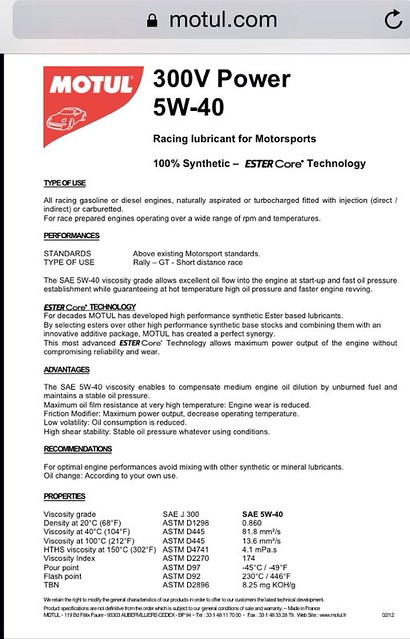
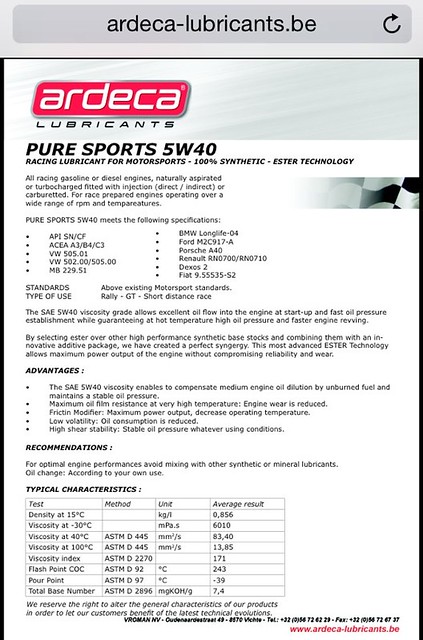
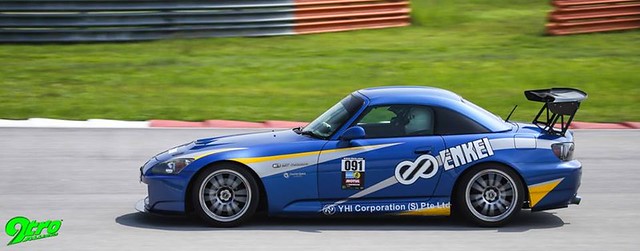
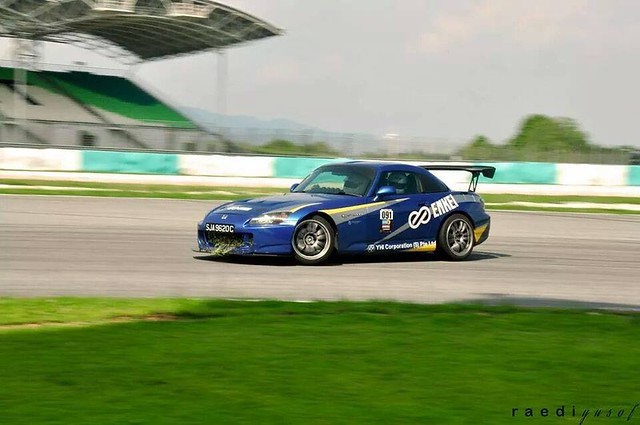
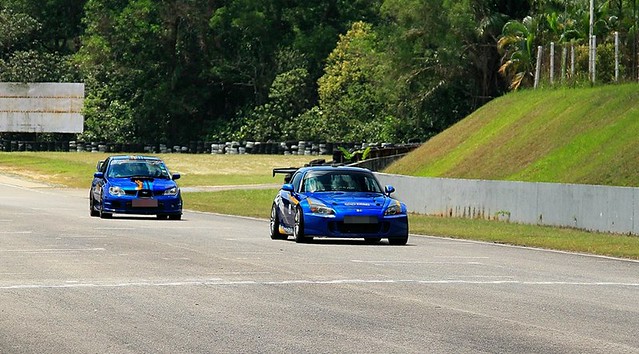
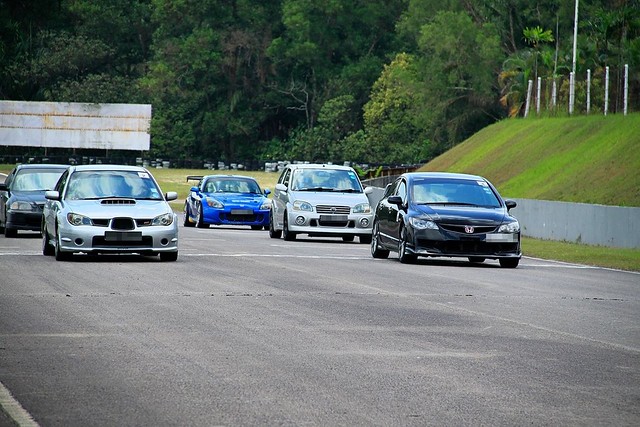


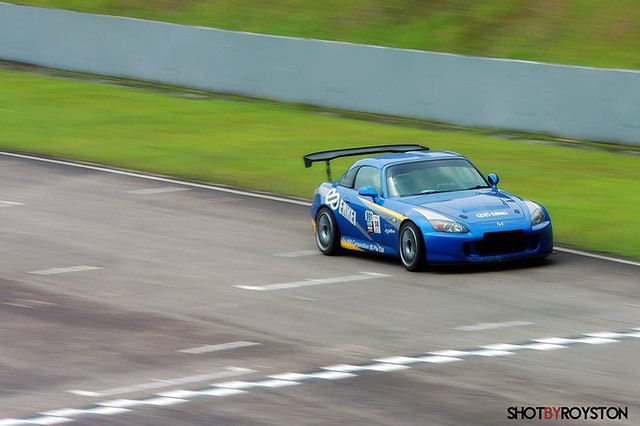
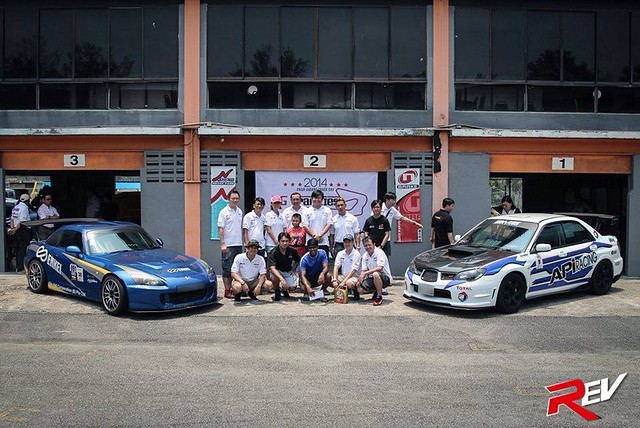
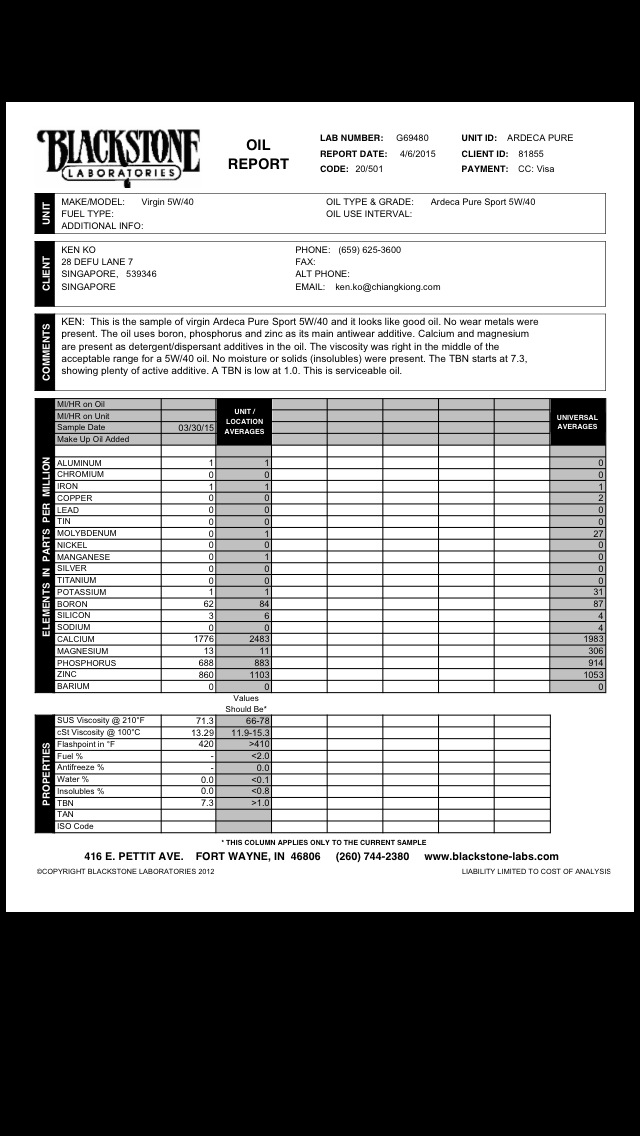
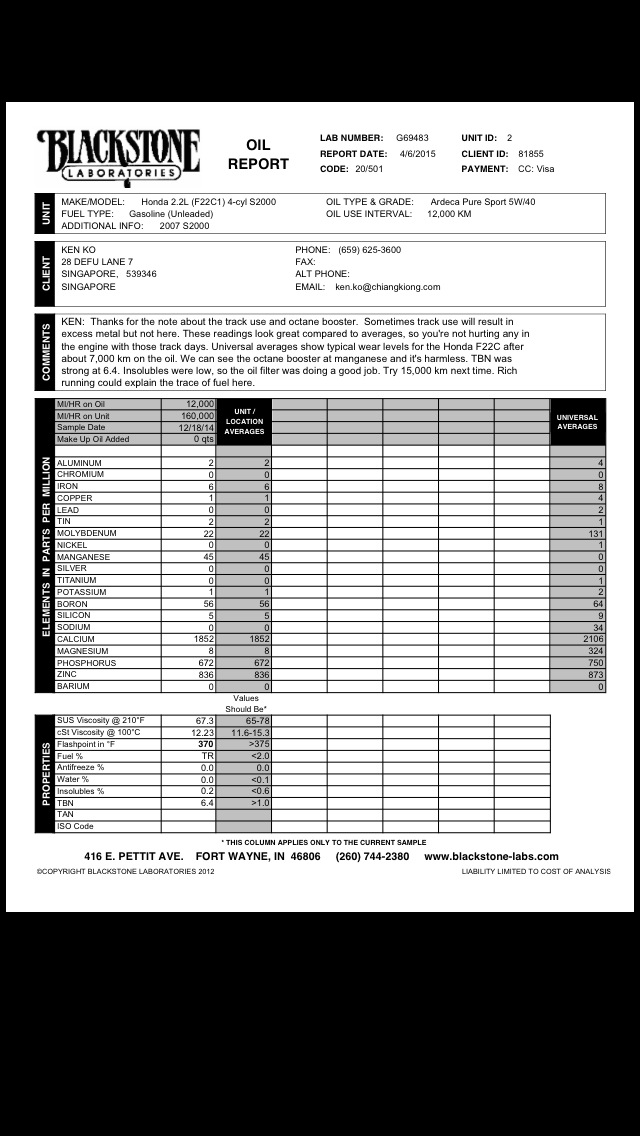
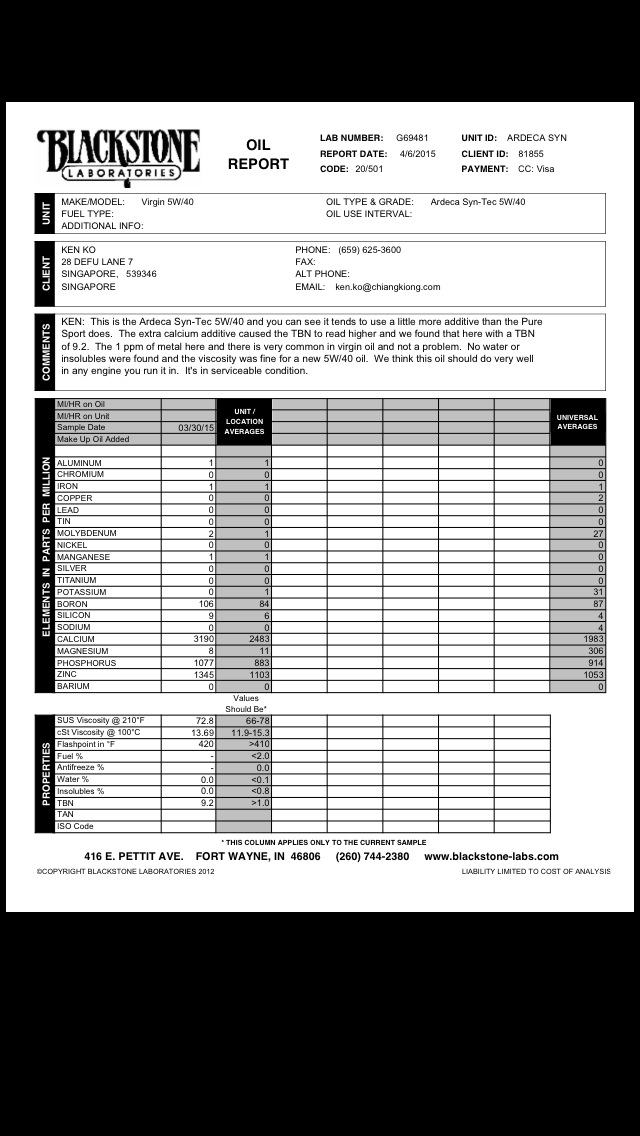
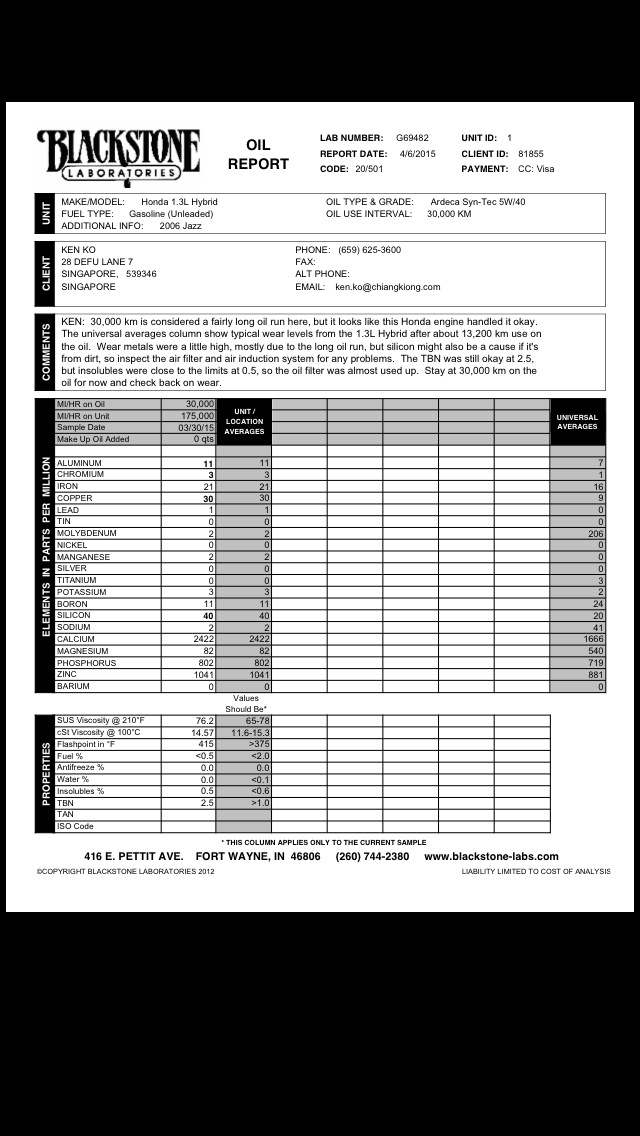
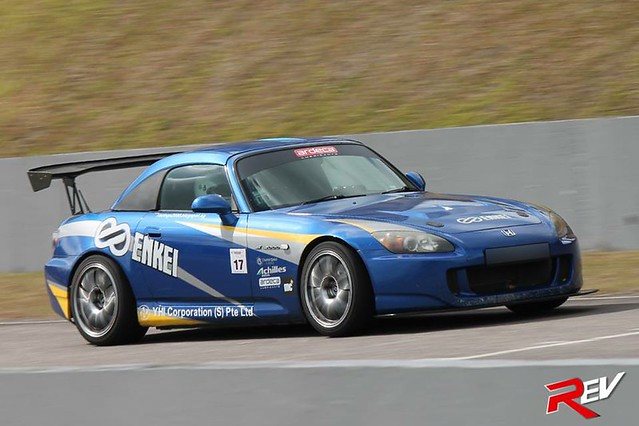
I'd be a lot more comfortable with your test results if you had shipped your samples to Blackstone yourself.
ReplyDeletei sent them myself
Delete